Is Pop-Culture Popular in Sex-Ed?
Sex sells. The mention, depiction, or representation of sex in popular culture and media has always been a force strong enough to grab money from the pockets of consumers. The depiction of sex, gender, and sexuality has been problematic for some, but a source of solace for others. From a hypersexualized representation of women in movies like 365 Days to a multivocal interpretation and representation of the queer community, popular culture today has become like the guy who gives you mixed signals in your Instagram DMs. Today’s interpretation of popular media bears a conflict – does it showcase and represent the quest of women and queer groups for freedom and choice or does it paint and sell a false and pretentious narrative of women empowerment and gender and sexuality spectrum?
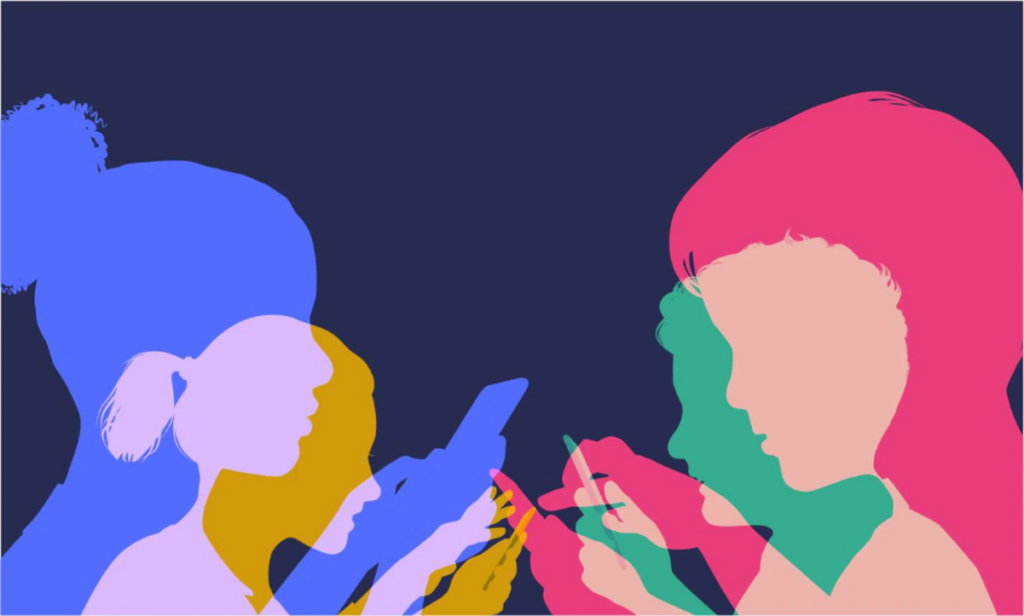
Women sensuality in media
Popular culture has today normalized different sexual and gender identities, bringing attention to the intricacies of human sexuality and regularising the sexuality spectrum. Some of the popular artists include Miley Cyrus, Kristen Stewart, Sophie Turner, Halsey and so many more. This trend has not been rare or one of a kind. Madonna, Miley Cyrus, and Britney Spears have all embraced their sexuality and voluptuousness on multiple occasions since the 90s, albeit their actions were said to be just another step in the direction of titillating men.
For example, as ironic as it may sound, female masturbation continues to largely occupy the sphere of men’s sexual satisfaction. Even in pornography, female masturbation is dictated by male fantasy and often presents itself as a precursor to penetrative sex (muck like the appetizer before the main course). The same idea is echoed even in the world of cinema but in a much less explicit manner. It’s 2021 and a lot of us still find it unusual to come across instances of female masturbation on screen. However, undeniably, the demand for a realistic representation of female sensuality has been increasing and thankfully, we have been seeing quite a positive response to that.
In Waller-bridge’s “Fleabag”, we see the main character getting into an act of self-pleasuring while watching Obama’s speech. Throughout the show, she is also quite vocal about how she often enjoys masturbating than having sex with her boyfriend. In the movie, “The Shape of Water”, we see Sally Hawkins slip into the water and quietly rub herself while she waits for the eggs to boil. This scene while being quite unremarkable and short normalizes female masturbation without any titillation for the male gaze. In other shows like “Orange Is the New Black”, or “Sex Education”, we see women in pajamas, in a mundane environment of their homes enjoying themselves through masturbation.
This helps us place female and male sensuality at the same level. Women masturbating need not be about writhing naked bodies, and curled toes, but can be as mundane as uninteresting as a male masturbation.
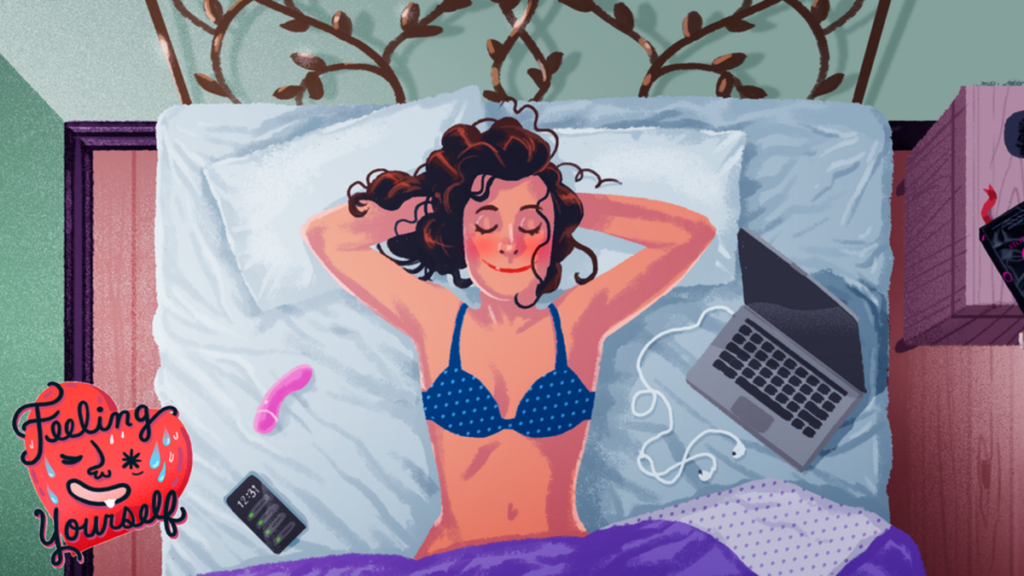
Music and its evolution in pop-culture
Things have changed since the 1990s for music as well. The rise of feminism and freedom of choice has been on the up and roar. Today music is separated from being a capitalistic product meant for consumption by the male ardor and speaks about feministic individuality, sexual revelry, and appreciated the female desire.
Songs like WAP by Cardi B and Meghan Thee Stallion embrace the female sensuality for themselves instead of churning a capitalistic product out of it. WAP is a forward and progressive narration of women prioritizing their own desires and joy before that of men and shifting the fixed perception of women as servile in the bedroom. It set the tone for personal pleasure, expression, and autonomy over one’s body. Lyrics like “certified freak, 7 days a week” also work towards painting a more incorrupt image of women who enjoy sex, without them being slut-shamed for it. WAP raised quite a conversation about women’s liberation and sexuality. It created a polarity, where some people lauded it to be a feminist anthem, some criticized the obscenities portrayed.
The promiscuous song not only helps battle misogyny but also misogynoir, which is propagated in terms of abuse and patriarchal and cynical comments from conservatives who claim sexual expression and empowerment to be ‘a threat’ to feminism. In reality, the threat of WAP is present not in its celebration of sex but in the audacity of women of color to autonomously own their sexuality, For the exact same outwardness and boldness, WAP has influenced people to own their body and their drive unapologetically.
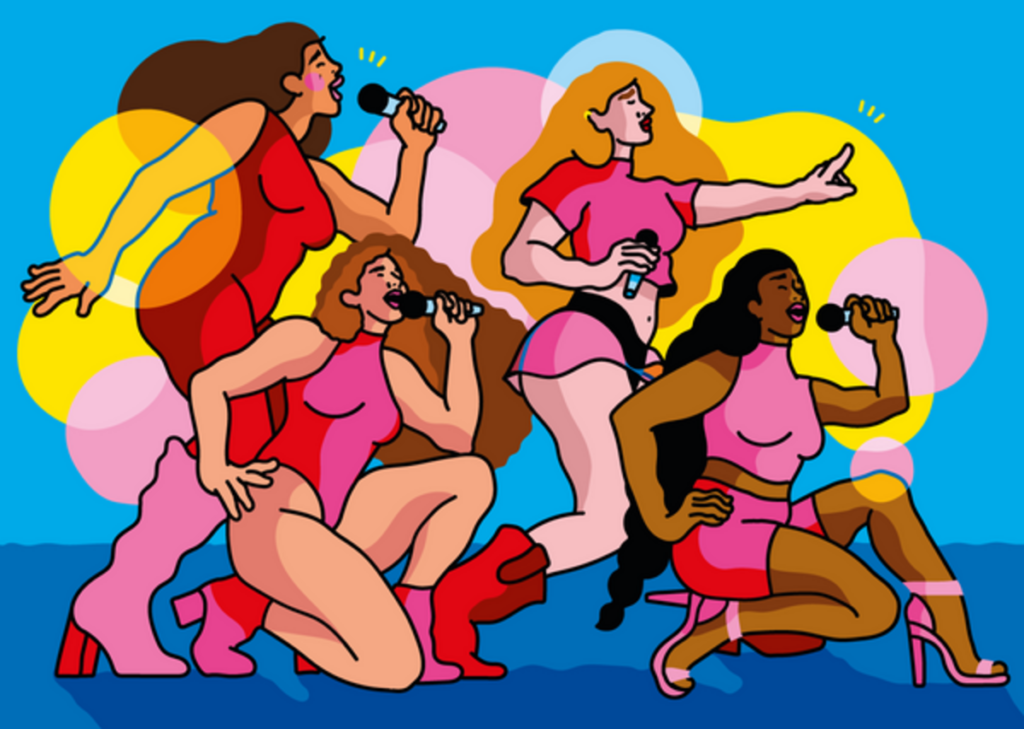
Queer Representation in Media
While the taboo and stigma surrounding queer sex and queer sexuality had started clearing out a long time ago, recently, more and more film-makers have been receiving the message that it’s backdated to not be inclusive.
We see a positive and realistic representation of the LGBTQIA+ community in many popular movies such as the Oscar-winning movie in 2016- “Moonlight” which explores queerness alongside masculinity in the Black Community, and “Love, Simon” a coming of age and heartwarming film about gay romance. “Blue is the Warmest Colour” has often been lauded for its unabashedly upfront sex scenes while also having received criticism for catering more to the male audience. “Call me by your Name” has also been much talked about for its representation of gay sex. In fact, in 2017, anyone seeing a peach emoji on social media would immediately know what was being talked about: Elio’s experimentation with the fuzzy fruit.
David Rose, the protagonist of Schitt’s Creek, who initially appeared to be gay, said a statement that resonated with the queer masses. “I like the wine and not the label”, along the same lines Sophie Turner said, “I love the human, not the sex”. Popular culture has therefore done massive loads to normalize bisexuality as well.
Many shows including Schitts Creek have provided queer groups with a narrative that only cis heterosexuals get to enjoy, of romance and happy endings with the struggle that is superficial and romantic dreams that are idealistic but still endearing to watch. The love story between Patrick and David was seamless, easy, and came without the burden and title of a gay relationship and all of its struggles. The queer audience has finally found media that lets them visualize their romance and provided them an escape from reality.
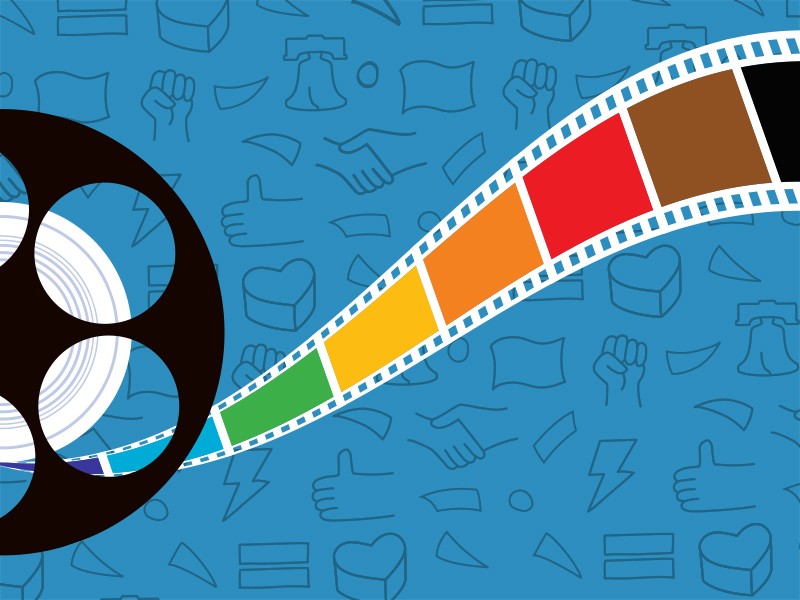
Queer Representation in Bollywood
Bollywood too has done its part in normalizing queer sex. “Mast Kalander” (1991) is often considered to be a landmark movie as it was the first Hindi film to have openly featured a gay character. “Fire” (1996) is also considered to be one of the earliest films to have explicitly portrayed a sexual relationship between two women.
Fast forward to more recent times, where we see an increased number of movies and TV shows showing sex scenes within the Queer community without any shame. In “Made in Heaven“, a steamy sex scene evolves between Arjun Mathur and Jim Sarbh. In “Margarita with a Straw” Kalki Koechlin, a girl with cerebral palsy, is shown to be discovering her sexuality while also engaging in sex with Sayani Gupta, a blind woman. This movie is a beautiful take on queerness in the disabled community.
In the absence of adequate conversation surrounding one’s sexuality, many popular and mainstream shows which show realistic queer sex, often serve as the light at the end of the tunnel to people confused and uncomfortable about their sexual desires.
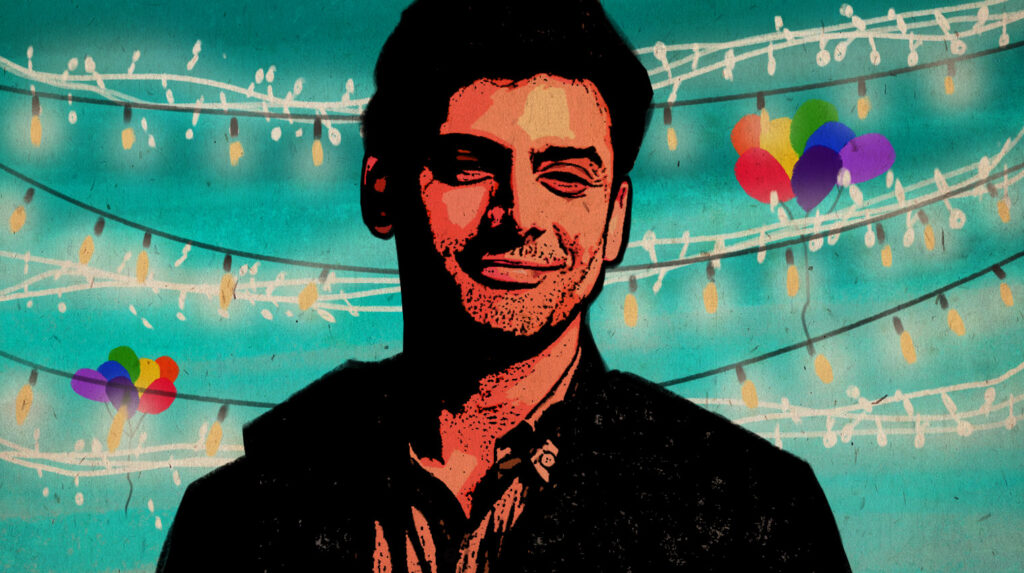
Power Dynamics and BDSM
Our exposure to kinky sex or BDSM has mostly been through pornography. BDSM has often been described as an umbrella term under which all kinks fall, and it can contain either all elements or only one. While BDSM has often tread the path of controversy, it has also been considered an important aspect of sexual liberation.
Representation of BDSM in the media often finds itself stranded on the fine line between what is acceptable and what is not, and more often than not, it crosses over to the wrong side. Some of the most basic components of BDSM are active consent and trust. Keeping aside the narrow and sexist representation of BDSM, one of the first movies that cross our minds when we talk of BDSM is definitely “50 Shades of Grey”. While this movie gets a lot about kinks wrong and reduces BDSM to coercion and violence, it also helped mainstream the idea of BDSM.
A similar concept is portrayed in the movie “Secretary” (2002) where a young woman develops a sadomasochistic relationship with her boss. “Crash” (1996) goes not one but many leaps beyond and ups the kink factor through its portrayal of a particular fetish of being sexually aroused by car crashes. “The Piano Teacher” (2001) is an uncomfortable watch that shows self-mutilation as a form of sexual arousal.
The world of fetishes and kinks is infinite and diverse. However, since fetishes reign in the very narrow grey area, people are often ashamed of their kinks. Movie and TV show representations go a long way in bridging the gap and normalizing fetishes (as long as they are carefully made).
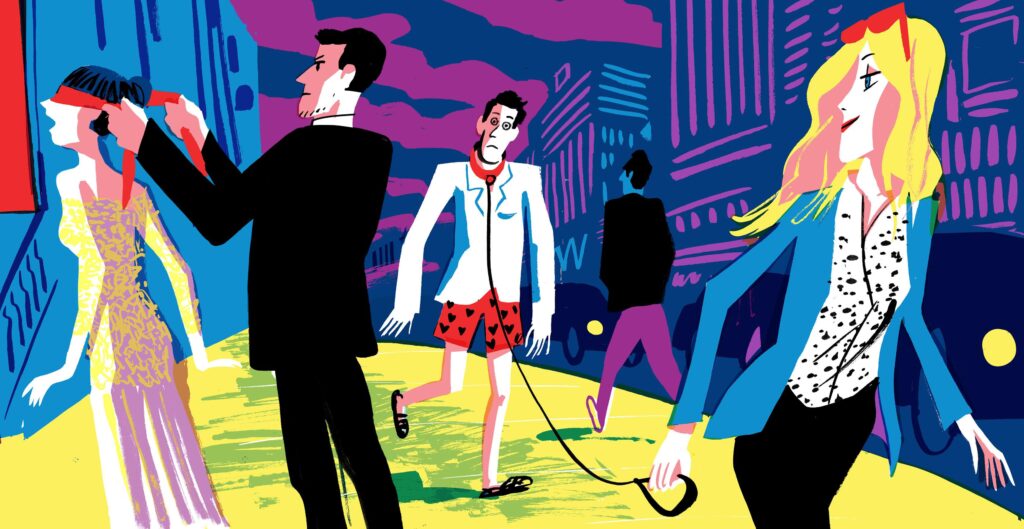
CONCLUSION
Pop culture in the 21st century has often been criticized for being overtly and increasingly “sex-obsessed”. However, in the absence of comprehensive sex education in schools, the youth often turn to pop culture in media for finding answers to questions they can not ask anyone. This highly sexualized version of the media also started openly discussing the needs and interests of women which contributed to the sexual liberation movement.
Many publications have pointed out that pop culture is in fact, a friend to sexuality and sex educators. Be it the magazine ‘Cosmopolitan‘, movies like ‘Sex and the City‘, or the popular series on Netflix ‘Sex Education’. The discussion of sex and sexuality has now been extended to social media platforms where people openly talk about their sexual experiences, desires, and needs. Social media has also largely enabled the Queer community to open up about their sexual experiences.
However, while the media holds absolute power in enabling sex positivity, it still remains unclear whether they will do it, considering how most media platforms are ruled by profit margins and not social responsibility. Careless representation of sex on media often promotes sexism, rape culture, and unhealthy myths which further enhance the stigma around sex. As more and more young people become avid consumers of multiple media platforms, it is crucial for all stakeholders of media to draw the line somewhere.
Featured Image: The New Yorker
Author


1 thought on “Is Pop-Culture Popular in Sex-Ed?”
“… while the media holds absolute power in enabling sex positivity, it still remains unclear whether they will do it, considering how most media platforms are ruled by profit margins and not social responsibility.”
Loved this piece. It is very comprehensive with the right amount of witty statements! And the above quoted passage is one of my key takeaways from this: that the onus has to be embedded on ‘human conduct’ and upbringing, not corporations who thrive on moment marketing.